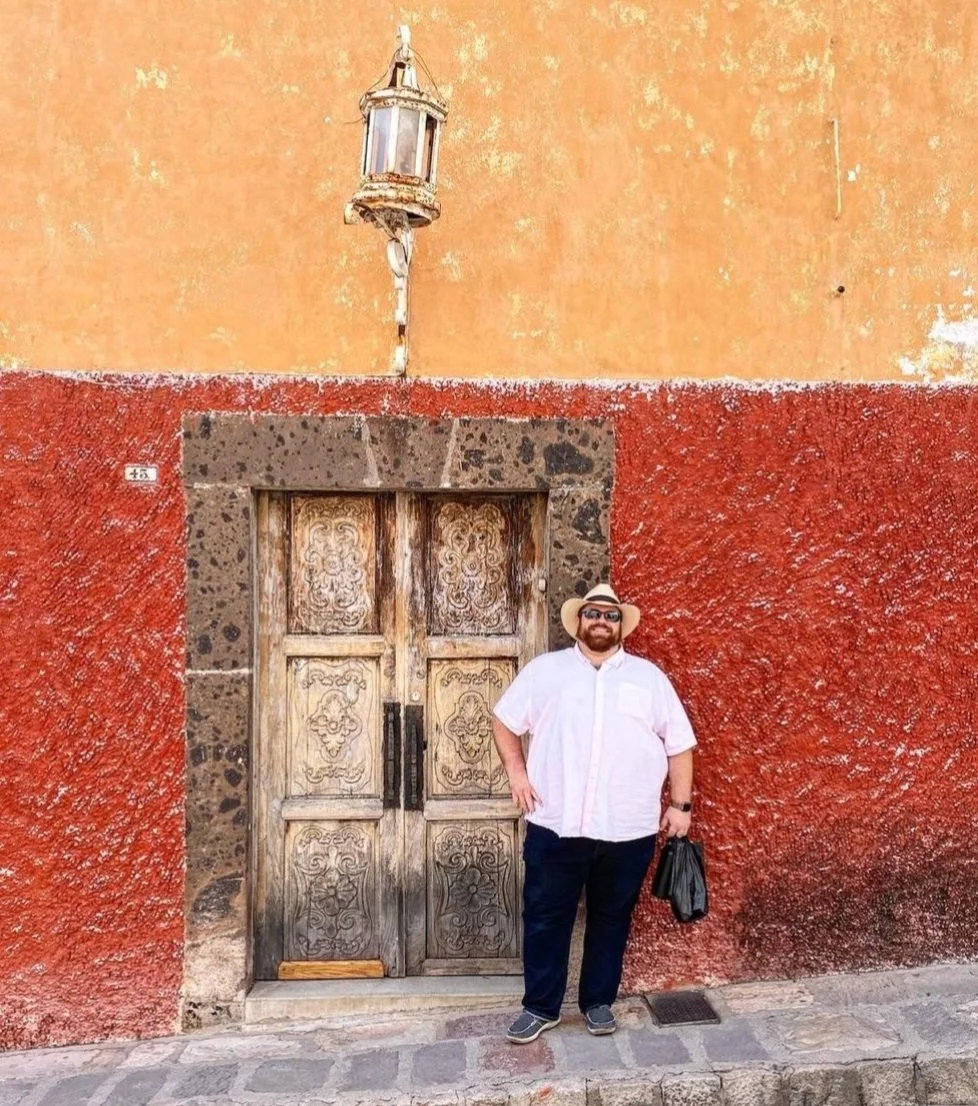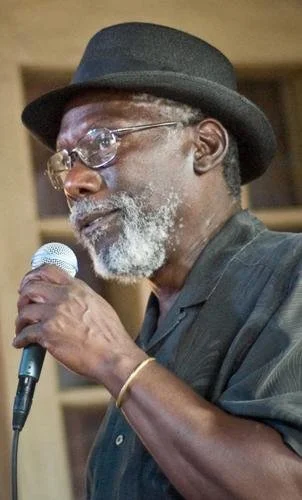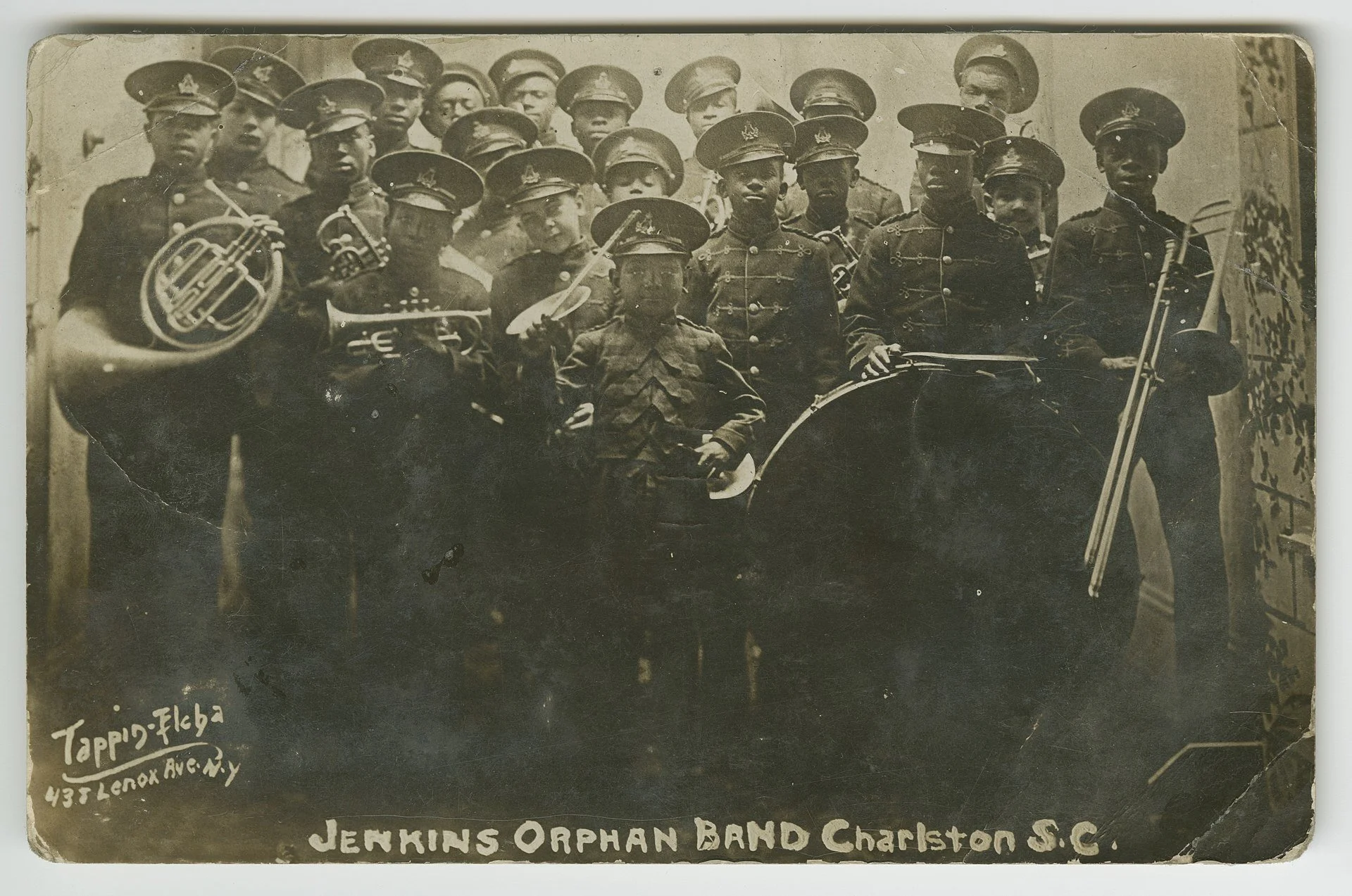Lid Lad Guest Post: The History of Jazz in Charleston
It’s summertime and the living is easy - and no sound reflects the rich history and culture of Charleston quite like jazz music.
My name is Elliott Friedman (also known as the Lid Lad!) and I am excited to share some history of jazz in Charleston as well as some thoughts and stories of my own.
I’m a third generation sax player. My paternal grandfather played jazz on several surface ships in the US Navy during WWII, and went on to play professionally in the Catskill Mountains of New York on tour with some big bands. I jokingly refer to his gigs as “Jewish Summer Camps.” He used to tell us this story about walking into his sax lesson in Manhattan as a teenager and the teacher saying, “Hey, Warren. You gotta check out this kid. He can really swing!” The instructor was referring to a young sax player named Stan Getz. My Papa had the lesson slot that followed Getz’s for years!
My father took to playing sax, too. He studied with private instructors through high school and was in the jazz band. He also played in the jazz ensemble at Columbia in NYC for a time during his undergraduate studies. He went on to become a lawyer and never pursued jazz professionally, but it was always playing on his turntable and he would play his rendition of “The Shadow of Your Smile” to woo my mother during their courtship.
I was introduced to jazz at a very young age. When I say “very young” - I mean prenatal. The first sounds my newly developed ears ever heard were Charlie Parker and Sonny Stitt. My mom (with dad’s encouragement) would put headphones on her pregnant belly and bathe me in swing, bebop, and blues. I received private lessons from the age of 8 through high school. When I came to the College of Charleston in 2004, I was fortunate enough to join the Jazz Department under the direction of Robert Lewis (1998 Downbeat Magazine ‘Best Jazz Soloist’) - also my sax instructor - and was assigned Quentin E. Baxter as my ensemble instructor. The faculty at the College of Charleston was chock full of massively talented and renowned performers. I dropped out of the performance major to pursue premed coursework (there isn't enough time during the day to practice jazz and study for the MCAT, unfortunately). My brief time as a student at the College and as a professional performer in Charleston’s jazz scene was an amazing experience and is what drives my continued advocacy for jazz in the Holy City and support for local musicians.
Jack McCray (Image courtesy Post & Courier)
“For Charleston, jazz is just like the distinctive taste of okra soup, the plaintive cries of the early-20th-century street vendors, and the meticulous artistry of sweetgrass baskets,” - Jack McCray
Mr. McCray is unquestionably one of the most influential figures in the Charleston jazz community for the last 100 years. His relationships with jazz musicians and bountiful love for the art of jazz is evident in his numerous radio, newspaper, print, television, and internet publications. In my opinion, he is the definitive authority on the history of jazz in Charleston. I will do my best to parallel a small fraction of his knowledge in this blog post.
In 1881, the Rev. Daniel Jenkins created a music ensemble of young boys and girls that would go on to tour New York, London, Paris, Berlin, and Rome, performing African-inspired songs and dance steps. Proceeds from the ensemble’s performances were used to support its namesake organization, the Jenkins Orphanage. Historians agree that the creation of this ensemble marks the birth of jazz in Charleston.
The Jenkins Orphanage Band in the 1910s (Photo credit the Jenkins Institute)
Jazz music is uniquely American. It is born from the sounds and rhythms of enslaved African drummers, conscripted Black military musicians, cultural and religious services, community brass ensembles, and other musical groups featuring Black performers. Early jazz ensembles were one of the only Black-white integrated professional organizations of their time. As an art form, Jazz is built on the foundation of equity and diversity. Every performer has a voice and none is more important than the other.
More than an art form and genre of music, Jazz is an experiment. The evolution of sound that falls under the jazz umbrella is incredibly nuanced and incorporates a multitude of styles, instruments, techniques, movements, etc. The culture of jazz continues to grow and can be credited for influencing the creation of many of our contemporary music styles.
In Charleston, the sounds of jazz inspired a dance that became the most popular move during the Roaring ‘20s. “The Charleston” defined the genre’s national image for that entire generation. Inspiration for “The Charleston” can be traced to the rhythm and geechee dances of Charleston dock workers whose music included Eubie Blake’s “Charleston Rag.”
Why Charleston? Considered one of the “early incubators” of jazz in the United States along with New Orleans, Charleston had the unique circumstance of being one of the very few places in the New World where a confluence of African and European cultures was able to occur. Other places, such as Cuba and Brazil, would very quickly produce their own contributions to jazz - but it all started in the American South.
The aforementioned Jenkins Orphanage Band, dressed in their discarded Citadel military uniforms, went on to be featured in multiple presidential inaugural parades, world expositions, and performed on Broadway for the play Porgy written by Charleston-inspired authors DeBose and Dorthy Heyward. Alumni of the Orphanage Band including William “Cat” Anderson, Freddie Green, and Jabbo Smith would go on to become prominent members of the “Jazz Royalty” in bands led by Duke Ellington and Count Basie.
Today, Charleston still has an outstanding reputation for its continued contribution to the “experiment.” Live jazz can be found in places such as The Charleston Grill at the Charleston Place Hotel, Forte Jazz Lounge, and a variety of arts festivals held throughout the year - among countless other venues. Jazz artists in Charleston continue to earn national and global accolades, including Grammy Award winning Ranky Tanky which includes College of Charleston jazz program alumni and professors. Even our mayor, John Tecklenburg, is a jazz pianist.
I encourage everyone who lives here or visits our beautiful city to seek out and attend live jazz performances. What makes jazz so special is the spontaneity of the music and seeing it live is incomparable to listening to recordings - but those are great, too! However you listen, I hope you enjoy the music and admire the incredible history behind its development and unique sound. This summer, you can enjoy jazz performances with the Gibbes Museum of Art - see their event lineup and book your tickets here.
Elliott Friedman is a local jazz enthusiast that has lived in Charleston since 2004. You can hear more about his thoughts on jazz by subscribing and listening to his podcast, Spontaneous Serendipity found exclusively on Apple Podcasts.



